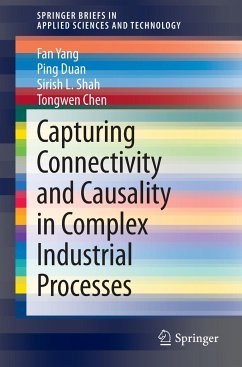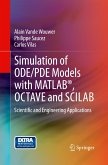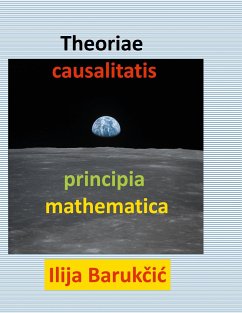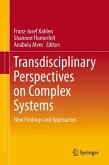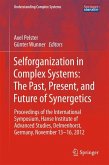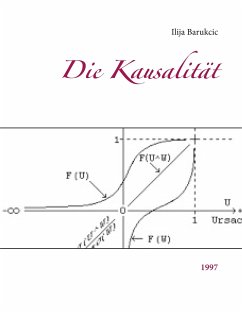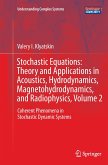This brief reviews concepts of inter-relationship in modern industrial processes, biological and social systems. Specifically ideas of connectivity and causality within and between elements of a complex system are treated; these ideas are of great importance in analysing and influencing mechanisms, structural properties and their dynamic behaviour, especially for fault diagnosis and hazard analysis. Fault detection and isolation for industrial processes being concerned with root causes and fault propagation, the brief shows that, process connectivity and causality information can be captured in two ways:
· from process knowledge: structural modeling based on first-principles structural models can be merged with adjacency/reachability matrices or topology models obtained from process flow-sheets described in standard formats; and
· from process data: cross-correlation analysis, Granger causality and its extensions, frequency domain methods, information-theoretical methods, and Bayesian networks can be used to identify pair-wise relationships and network topology.
These methods rely on the notion of information fusion whereby process operating data is combined with qualitative process knowledge, to give a holistic picture of the system.
· from process knowledge: structural modeling based on first-principles structural models can be merged with adjacency/reachability matrices or topology models obtained from process flow-sheets described in standard formats; and
· from process data: cross-correlation analysis, Granger causality and its extensions, frequency domain methods, information-theoretical methods, and Bayesian networks can be used to identify pair-wise relationships and network topology.
These methods rely on the notion of information fusion whereby process operating data is combined with qualitative process knowledge, to give a holistic picture of the system.

